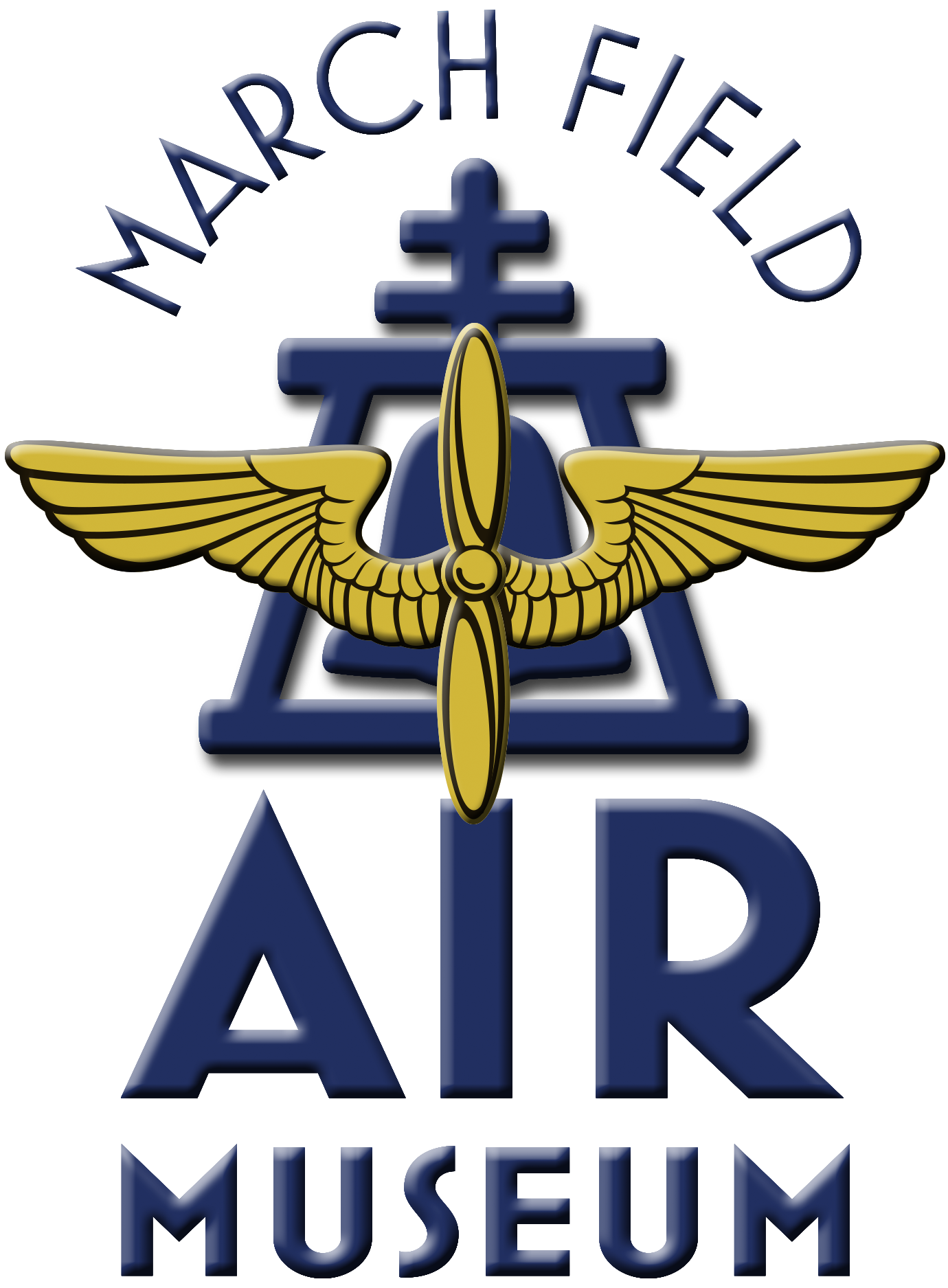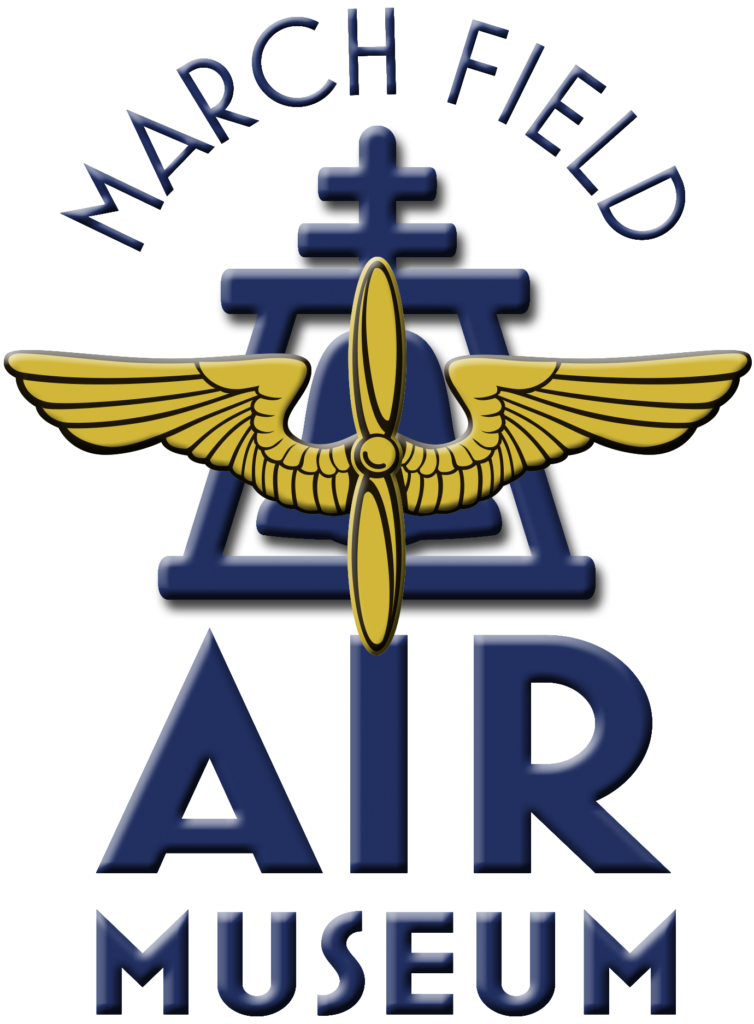C-119G Flying Boxcar
The C-119 Packet was designed late in World War II by North American Aviation as a medium-duty transport. The end of the war brought the cancellation of the North American contract. In 1947 Fairchild-Hiller picked-up the design and began to produce the aircraft, in a slightly modified form, for the new United States Air Force. With changes in the location of the flight deck, widening of the fuselage and wings and increasing the capacity to 28,000lbs the C-119 Flying Boxcar was born.
With a crew of 5; the pilot, co-pilot, navigator, radio operator and crew chief the C-119 saw extensive use in the Korean War as a medium range transport. The plane could carry a standard cargo load or 62 fully equipped combat troops. Rear cargo clamshell doors opened on a vertical hinge lines to provide an opening as wide as the cargo hold itself, 9 feet 10 inches wide and 8 feet high. Heavy reinforced floors were at truck bed level. Ramps were provided for the loading of wheeled or tracked equipment. The C-119 proved to be a very capable aircraft, in just ten days, in November 1950, the 314th Troop Carrier Group dropped more than 1,200 tons of supplies and clothing to the Marines trapped by the communist Chinese, near the Chosin Reservoir in Korea.
During the Vietnam War many aircraft were converted to gunships by the addition of four 7.62mm Gatling guns and two 20mm Gatling cannons firing from the port side. When the guns fired, the target area was slammed with over 600 rounds per second. The ground, no matter how thickly vegetated, had the appearance of a freshly plowed field after a C-119 firing pass! The aircrafts black paint scheme, and the fact that the craft flew mostly night missions, earned them the nickname “Shadow”. Shadow’s also carried flares, searchlights, low-light video cameras, side-looking airborne radar and forward-looking infrared sensors to help locate targets. The C-119 was retired from military service in the early 1970’s.
March Field Air Museum’s C-119G, Royal Canadian Air Force 22122, came to us from through an interesting path. After leaving the Canadian Air Force the aircraft entered service as a private contract firebomber for the U.S. Forestry Service in Montana. After serving as an aerial tanker of fire-extinguishing borate solution, the contractor donated the aircraft to the museum in 1988 as part of a deal to obtain surplus US military C-130s. The C-130’s were supposed to be put in service as fire-bombers. Some were, but others disappeared overseas, a few ended up with CIA front companies. Though the involved individuals were prosecuted for illegally exporting military hardware, the museum did not have to return the C-119.
The C-119 Packet was designed late in World War II by North American Aviation as a medium-duty transport. The end of the war brought the cancellation of the North American contract. In 1947 Fairchild-Hiller picked-up the design and began to produce the aircraft, in a slightly modified form, for the new United States Air Force. With changes in the location of the flight deck, widening of the fuselage and wings and increasing the capacity to 28,000lbs the C-119 Flying Boxcar was born.
With a crew of 5; the pilot, co-pilot, navigator, radio operator and crew chief the C-119 saw extensive use in the Korean War as a medium range transport. The plane could carry a standard cargo load or 62 fully equipped combat troops. Rear cargo clamshell doors opened on a vertical hinge lines to provide an opening as wide as the cargo hold itself, 9 feet 10 inches wide and 8 feet high. Heavy reinforced floors were at truck bed level. Ramps were provided for the loading of wheeled or tracked equipment. The C-119 proved to be a very capable aircraft, in just ten days, in November 1950, the 314th Troop Carrier Group dropped more than 1,200 tons of supplies and clothing to the Marines trapped by the communist Chinese, near the Chosin Reservoir in Korea.
During the Vietnam War many aircraft were converted to gunships by the addition of four 7.62mm Gatling guns and two 20mm Gatling cannons firing from the port side. When the guns fired, the target area was slammed with over 600 rounds per second. The ground, no matter how thickly vegetated, had the appearance of a freshly plowed field after a C-119 firing pass! The aircrafts black paint scheme, and the fact that the craft flew mostly night missions, earned them the nickname “Shadow”. Shadow’s also carried flares, searchlights, low-light video cameras, side-looking airborne radar and forward-looking infrared sensors to help locate targets. The C-119 was retired from military service in the early 1970’s.
March Field Air Museum’s C-119G, Royal Canadian Air Force 22122, came to us from through an interesting path. After leaving the Canadian Air Force the aircraft entered service as a private contract firebomber for the U.S. Forestry Service in Montana. After serving as an aerial tanker of fire-extinguishing borate solution, the contractor donated the aircraft to the museum in 1988 as part of a deal to obtain surplus US military C-130s. The C-130’s were supposed to be put in service as fire-bombers. Some were, but others disappeared overseas, a few ended up with CIA front companies. Though the involved individuals were prosecuted for illegally exporting military hardware, the museum did not have to return the C-119.

